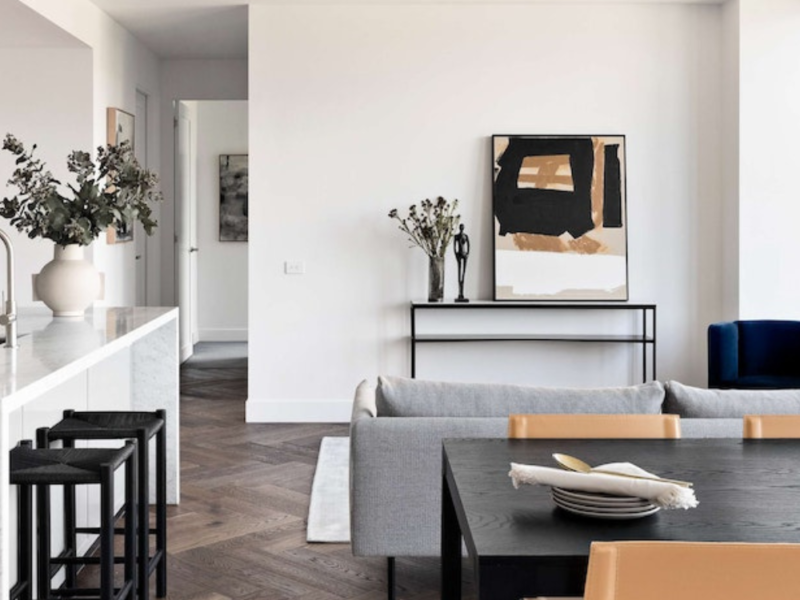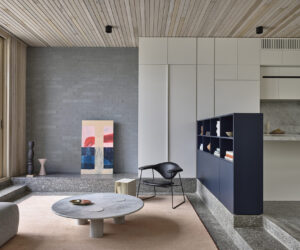What is the Difference Between Interior Design and Interior Decorating?
When it comes to enhancing and styling homes, two professions often take center stage: interior designers and interior decorators. While these terms are often used interchangeably, they actually require different skill sets and responsibilities. Both are essential in creating visually appealing and functional spaces, but their roles, training, and areas of expertise differ significantly.
Interior Designers in Australia are highly skilled professionals who have obtained a degree or diploma in Interior Design from an accredited university or TAFE institution. This accreditation is crucial as it ensures their comprehensive knowledge of design principles, space planning, materials, finishes, and the latest trends. Many interior designers also choose to become members of the Design Institute of Australia (DIA), further endorsing their expertise and commitment to the industry. It’s important to note that in some Australian states, obtaining a building practitioner’s license is necessary to practice interior design. This ensures designers are competent in adhering to building regulations, safety standards, and sustainability practices, ultimately protecting consumers and enhancing the profession’s credibility.
Australia’s interior design field is enriched by renowned organisations like Wowowa, Woods Bagot, Daniel Boddam, Edition Office and Tom Robertson Architects renowned for their innovative and elegant design solutions.
On the other hand, Interior Decorators in Australia typically complete a diploma or certificate-level qualification in interior decoration or a related field through a TAFE institution. This formal education provides them with a solid foundation in areas such as color theory, furnishing styles, space utilization, and decorative art. While no legal requirement exists for interior decorators to possess formal qualifications in Australia, many clients prefer decorators with recognized credentials.
Role and Responsibilities
Interior Designers:
Interior design plays a crucial role in creating environments that are both functional and aesthetically pleasing. It is an integral aspect of architectural planning, contributing to the overall experience of residential, commercial, or institutional spaces. The role of an interior designer involves understanding the client’s needs and preferences, translating them into a cohesive design concept, and ensuring its successful execution. They carefully choose color schemes, materials, lighting, furniture, and other design elements to reflect the desired style and mood while considering practical factors such as space utilization, ergonomics, accessibility, and sustainability.
Interior Decorators:
The role of an interior decorator is closely related to the aesthetics and visual impact of a space. Unlike interior designers, who often deal with structural planning and functionality, decorators primarily focus on the surface-level aspects of rooms or buildings. This includes selecting and arranging furniture, coordinating colors, placing artworks and decorative items, and deciding on window treatments, floor coverings, and lighting fixtures. Interior decorators need to understand the client’s style, lifestyle, and aspirations in order to transform spaces and create attractive, comfortable, and harmonious environments. While their work generally does not involve construction or architectural modifications, they enhance the visual appeal of existing layouts and create personalized aesthetics that are balanced and cohesive.
Client Interaction
For Interior Designers:
Designers collaborate with clients to grasp their lifestyle, personal preferences, and the desired functionality of the space. This information serves as the foundation for making structural and design decisions, often presenting clients with a range of options and 3D visualisations. Their role encompasses more than just aesthetics; they must ensure the space is safe, accessible, and tailored to the client’s specific needs.
For Interior Decorators:
Decorators also work closely with clients, but their discussions tend to focus more on style preferences, color palettes, and individual furniture or artwork pieces. Decorators can provide valuable assistance to clients who feel overwhelmed by choices, curating selections that align with their tastes and complement the existing architecture.
While there are distinct differences between interior designers and decorators, both play crucial roles in shaping the look and functionality of a space. In some cases, a project may benefit from a team that includes both a designer and a decorator.
The choice between an interior designer and an interior decorator largely depends on the requirements of your project. If you’re constructing a new home or planning a substantial renovation involving structural changes, an interior designer would likely be the best fit. On the other hand, if your primary focus is on enhancing the aesthetics of your space through furniture, accessories, color, and fabric, an interior decorator could be the ideal choice.
Understanding these distinctions can assist you in selecting the right professional for your project, ensuring that your home or office transforms into a space that not only looks exceptional but also functions seamlessly to meet your needs.
To explore firms in your city that might fit your specific requirements, check out the following articles; Interior Designers in Adelaide, Interior Designers in Brisbane, Interior Designers in Perth, Interior Designers in Melbourne, Interior Designers in Sydney.
They offer a comprehensive overview of local professionals, helping you make an informed decision about who to entrust with the transformation of your space.
Published by CO-architecture



